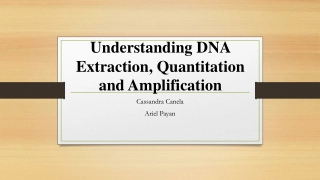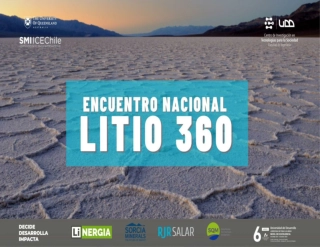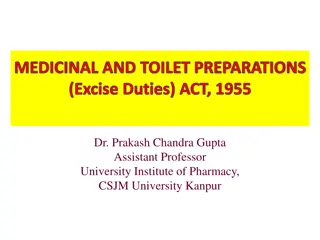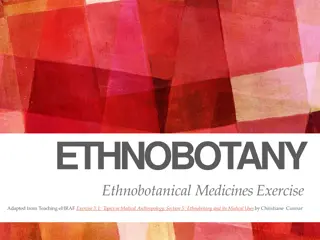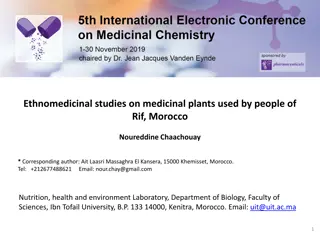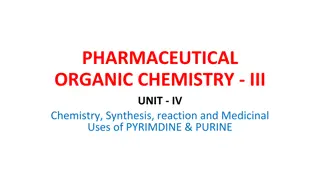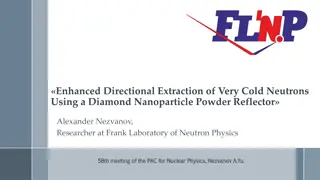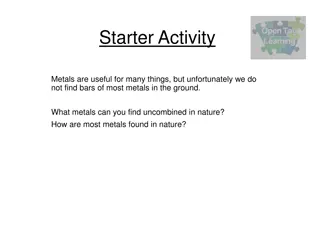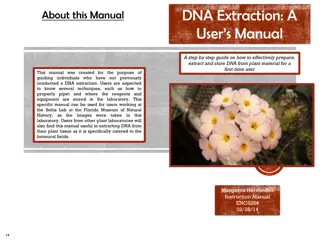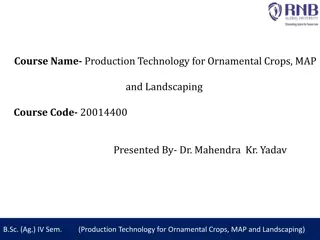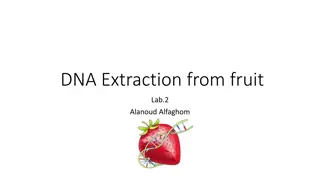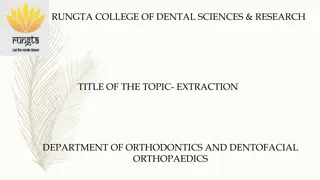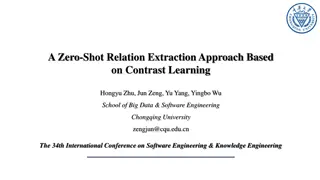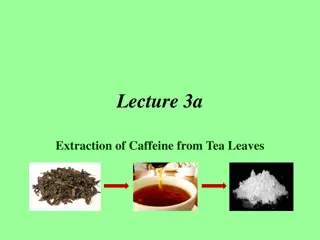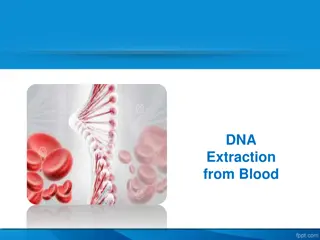Exploring Podophyllum Emodi: Medicinal Properties and Extraction Process
Podophyllum Emodi, also known as Indian Podophyllum, is a plant native to the north Himalayan region. It contains podophyllotoxin, a lignan compound with various medical applications such as treating genital warts and cancer. The extraction process involves isolating podophyllotoxin from the roots and rhizomes of the plant using ethanol and chromatography techniques. This summary provides insights into the plant's botanical information, medicinal uses, and extraction methods.
Download Presentation

Please find below an Image/Link to download the presentation.
The content on the website is provided AS IS for your information and personal use only. It may not be sold, licensed, or shared on other websites without obtaining consent from the author. Download presentation by click this link. If you encounter any issues during the download, it is possible that the publisher has removed the file from their server.
E N D
Presentation Transcript
*Botanical Name: Podophyllum emodi *Family Name: Berberidaceae *Common Name : Indian Podophyllum , Himalayan May apple * Part used: Rhizomes, Roots, Fruits * Habitat: Distributed in north Himalayan region
*Podophyllotoxin (abbreviated as PPT) is a non-alkaloid to toxin lignan extracted from the roots and rhizomes of Podophyllum sp. *It is used on the skin as a topical treatment of external genital warts caused by some types of the human papillomavirus (HPV), and other warts. *PPT and its derivatives display a wide selection in medical applications such as purgative, antirhematic, antiviral, and anmtitumor agents. *These derivatives include estoposidem teniposide, and etopophos. *Their anticancer activity has been heavily under study and used in various chemotherapies, including lung cancer, lymphomas, and genital tumors.
*Like Colchicine and Vinblastine, Podophyllotoxin binds to tubulin, the protein subunit of spindle microtubules, blocking cell division in metaphase. * Activity of cytochrome oxidase and soccinoxida- se in the mitochondria also is reduced, and DNA synthesis is blocked. This results in the slow disruption of cells and the destruction of tissue. *Podophyllum is highly lipid soluble and is absorbed readily from the GI tract.
Extract 4gm powder Podophyllum emodi root by stirring and heating with 100ml of ethanol for about 10 minutes. Cool and filter the mixture Re-extract the residue with further 100ml of ethanol Combine the extracts and evaporate to about 20ml
Combine the extract and evaporate to dryness Isolate the Podophyllotoxin by preparative TLC Crystallization at 0C for several days
Making the tank. The mobile phase = chloroform: methanol (90:10), Dichloromethanol : methanol (95:5). Making the silica gel plates Spotting sample and standard of podophyllotoxin
254 U.V 254nm Or 50% ethanolic H2SO4 Or concentrated H2SO4 Or vanillin-sulphuric acid


